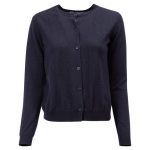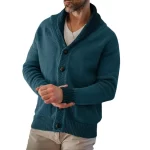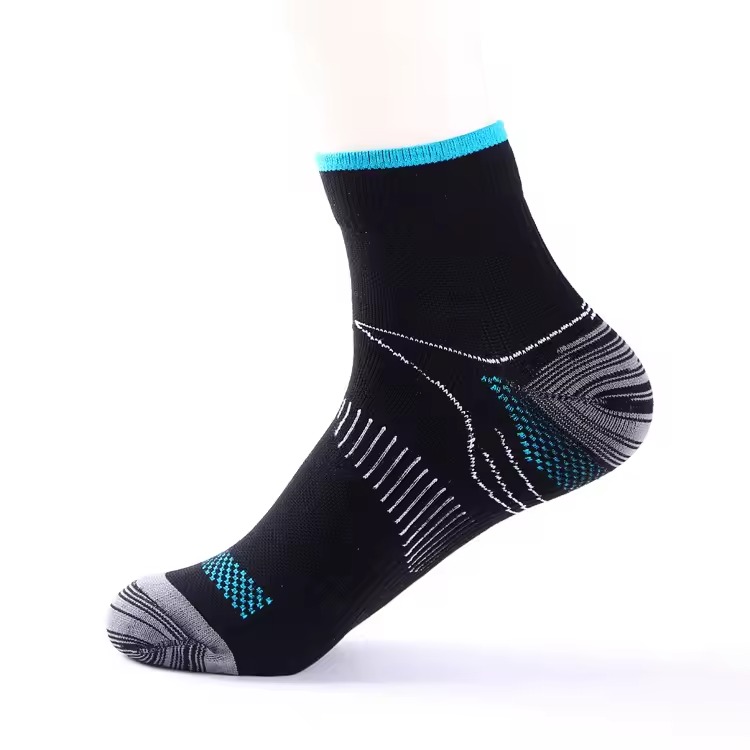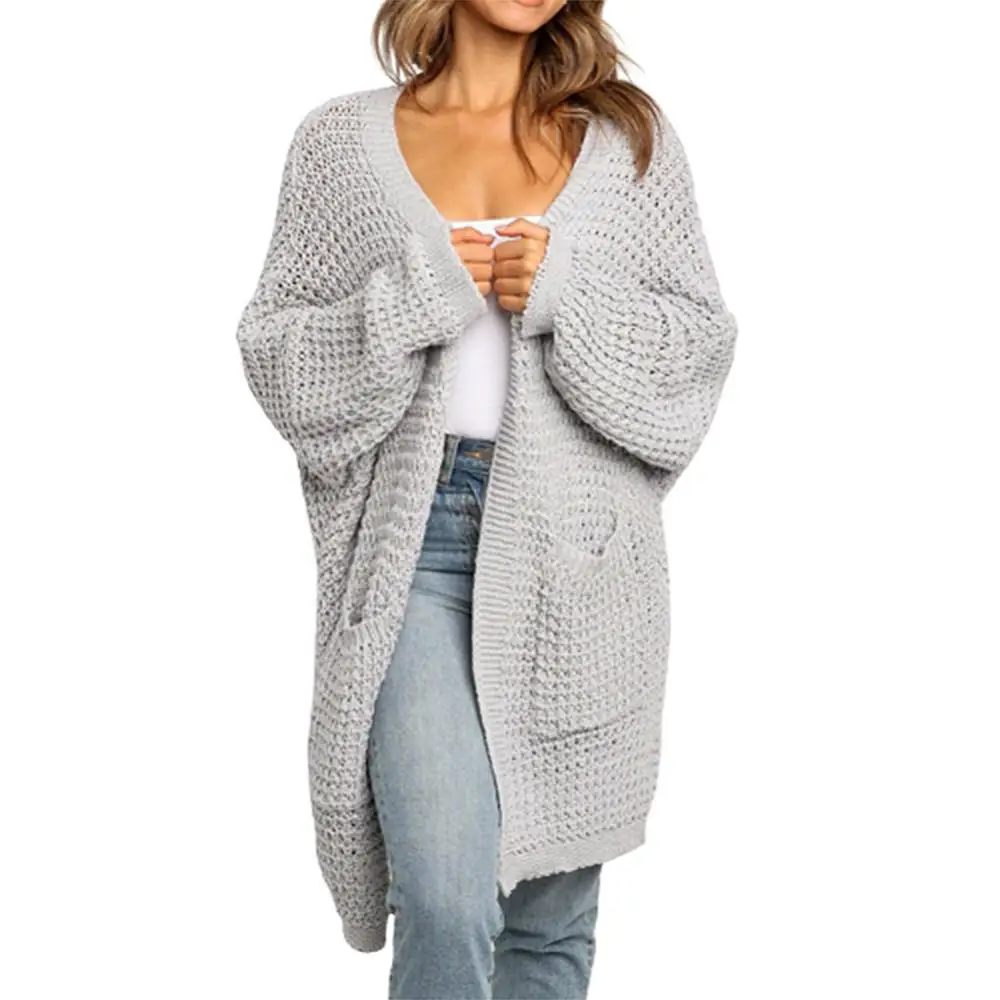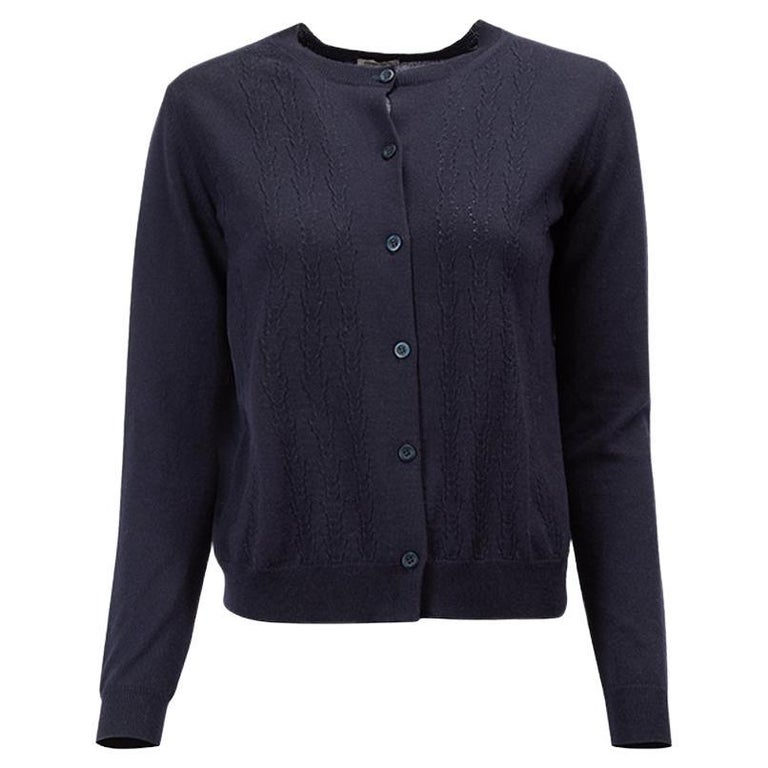The Benefits of Compression Socks for Men
Compression socks are not just a medical accessory. They offer various benefits that can enhance daily life and improve sports performance for men. By applying gentle pressure to the legs, men’s compression socks promote better blood flow and support overall leg health. Below, let’s delve into the specific advantages.
Improved Circulation and Reduced Swelling
Good circulation is vital for health and well-being. Men’s compression socks help to improve blood flow, reducing the risk of swelling and the feeling of tired, achy legs. They work by applying graduated pressure, which means tighter at the ankle and then lessens as it goes up the leg. This design aids in pushing blood back up to the heart, minimizing the chances of pooling in the lower extremities. Regular wear can relieve symptoms of varicose veins and prevent deep vein thrombosis, especially for those who are on their feet all day.
Enhanced Performance and Recovery
For athletes or fitness enthusiasts, men’s compression socks can be game-changers. They enhance performance by stabilizing muscles and reducing vibration during exercise. This provides athletes with an edge, as they may experience less fatigue and more power. Post-workout, these socks aid in recovery. By improving circulation, they help to flush out lactic acid more quickly, thus reducing soreness and speeding up muscle recovery. In essence, men’s compression socks are beneficial for both during and after intense physical activities.
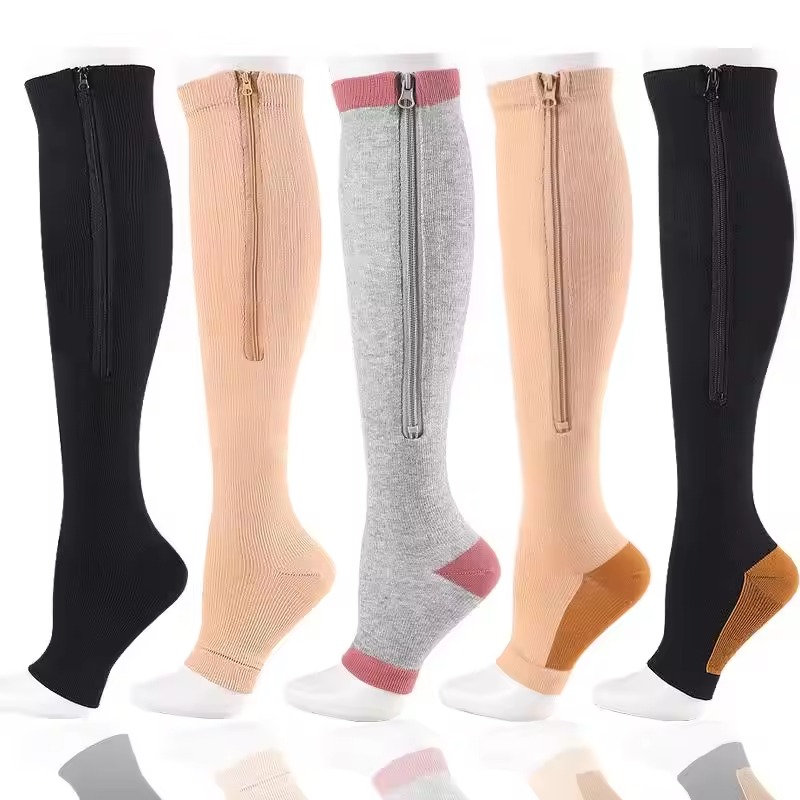
Types of Compression Socks Available
Choosing the right type of men’s compression socks involves understanding the various kinds available. Here is an overview of the main types you will find on the market.
Graduated Compression Socks
Graduated compression socks offer varying levels of tightness along the leg. They are tightest at the ankle and gradually decrease in compression towards the knee. This design is ideal for optimizing blood flow back to the heart, making them perfect for athletes and individuals with circulation issues.
Anti-Embolism Compression Socks
Anti-embolism compression socks are designed primarily for individuals who are immobilized or bedridden. Their goal is to prevent blood clots by promoting circulation, despite the lack of movement. For those recovering from surgery or with limited mobility, these socks can provide essential support.
Non-Medical Support Hosiery
Non-medical support hosiery does not offer as much compression as the medical-grade options but still provides comfort and mild support. They’re a good choice for men who stand for long hours and want relief from tired legs without needing a strong compression level.
How to Choose the Correct Size and Fit
Choosing the correct size and fit of men’s compression socks is crucial for their effectiveness and comfort. A poorly fitting sock can be uncomfortable and may not offer the desired benefits. To ensure a perfect fit, it’s important to take accurate measurements and understand compression levels.
Measuring Your Legs for Compression Socks
Measuring your legs is the first step to finding the right men’s compression socks. Measure your calves at their widest point, your ankle at the narrowest, and the length from the floor to just below your knee cap. It’s best to do this in the morning when swelling is minimal. Use a flexible measuring tape to get precise numbers. Some socks may also require the thigh’s circumference if they extend that high. Make sure the tape is snug but not tight; the goal is to find socks that fit well, not constrict circulation.
Understanding Compression Levels
Men’s compression socks come with different compression levels, measured in millimeters of mercury (mmHg). The range can vary from light compression (8-15 mmHg) to extra firm (30-40 mmHg). Light compression is ideal for everyday wear, while higher levels are suitable for those with specific medical conditions or athletes needing more support. Consult a healthcare provider if you are unsure what level you need, especially if you have underlying health issues. A proper understanding of compression levels will help you choose socks that provide the right balance of comfort and support for your lifestyle and activities.
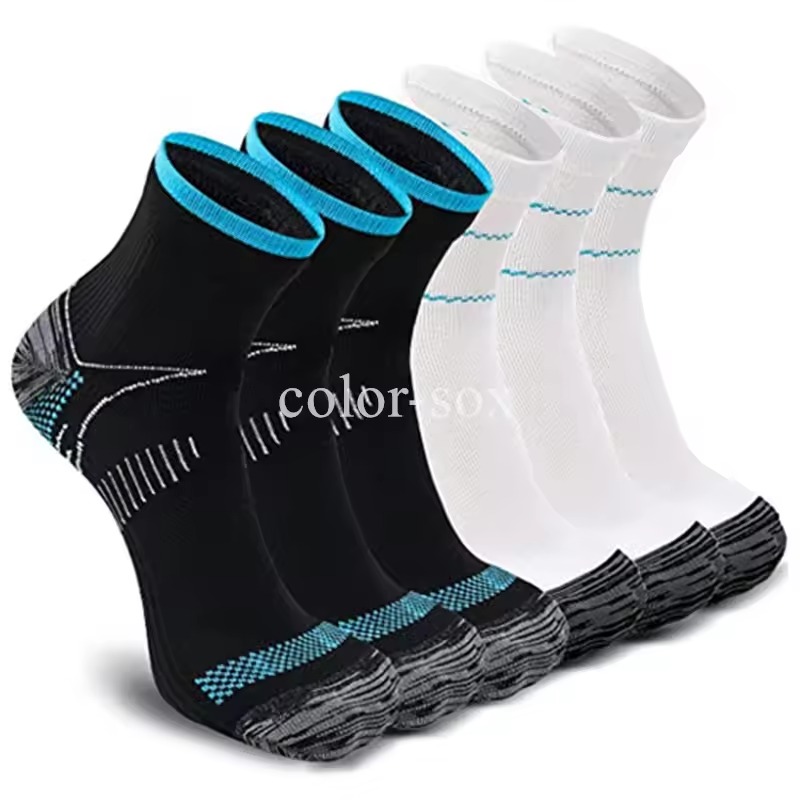
The Best Compression Socks for Various Activities
Choosing the right men’s compression socks aligns closely with the activities you engage in. Different settings may require diverse features. Let’s explore the best options based on specific uses.
Running and Fitness Workouts
For runners and gym enthusiasts, look for socks with firm compression levels, usually between 20-30 mmHg. These offer muscle stabilization, which is key for repetitive motions. Seek fabrics that are breathable and moisture-wicking. This helps keep feet dry and comfortable during intense sessions. A snug fit is vital, so the socks stay in place.
Travel and Long Flights
Travelers can benefit from graduated compression socks. They should ideally be of lighter compression, about 15-20 mmHg. These socks minimize the risk of deep vein thrombosis on long flights. The goal is comfort and circulation support. Easy to put on and take off designs are a plus for convenience during trips.
Everyday Wear for Work and Casual Use
For daily wear, light compression levels around 8-15 mmHg are enough. Men who stand for long hours will appreciate the mild pressure. It helps reduce leg fatigue without feeling too constrictive. Look for socks with cushioning and flexibility. They should suit formal shoes and casual sneakers alike.
Material and Design Considerations
When looking for men’s compression socks, the material and design are as important as the fit. These aspects directly impact comfort, effectiveness, and durability.
Breathability and Moisture-Wicking Features
Pick socks made from fabrics that allow air flow. Breathable materials prevent feet from feeling hot and sweaty. Look for moisture-wicking features too. These draw sweat away from the skin. This keeps feet dry and avoids blisters during workouts or long periods of wear.
Choose a combination of synthetic fibers like nylon or spandex. They are good for both breathability and moisture control. Some socks also have natural fibers like wool or bamboo. These can give extra comfort and odor control.
Stylish Designs and Color Options
Men’s compression socks now come in a range of designs and colors. You no longer have to stick to traditional blacks or whites. Bold patterns or bright colors can match your personal style or sportswear.
Whichever design you choose, remember the goal is to support leg health. Style should not compromise function. Make sure your socks still provide the correct level of compression and fit well. When choosing socks for activities, consider visibility too. Bright socks can be a good choice for runners or cyclists who are out at dawn or dusk for safety.
When considering mens compression socks, think of both their function and style. Remember, the best socks for you are those that meet your needs for support, all while keeping you comfortable and stylish.
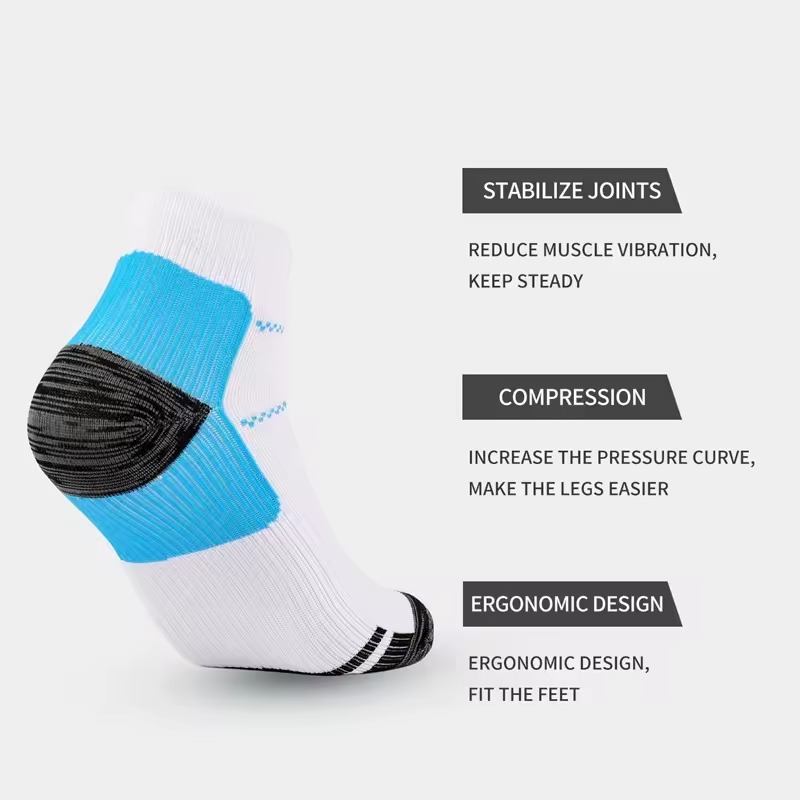
Care and Maintenance of Compression Socks
Proper care extends the life of men’s compression socks and ensures their effectiveness. Let’s cover key tips for washing and drying, as well as understanding their lifecycle and when it’s time for a new pair.
Washing and Drying Tips
To keep compression socks in top condition, follow these guidelines:
- Wash socks after every use to remove sweat and bacteria.
- Use mild soap and cool water; avoid bleach or fabric softeners.
- Gently rub the fabric together to cleanse without stretching them out.
- Rinse thoroughly to ensure no soap remains.
- Air dry socks away from direct heat and sunlight which can degrade the fibers.
- If you must machine dry, choose the lowest heat setting.
- Avoid ironing or dry-cleaning, as high heat can damage the elastic fibers.
By following these steps, men’s compression socks maintain their shape and compression levels longer.
Lifecycle and When to Replace Them
Men’s compression socks don’t last forever. Knowing when to replace them is key for continuous support. Here are signs it’s time for new socks:
- Elasticity loss: If they no longer offer a snug fit and feel looser than when new.
- Visible wear: Look for thinning material, holes, or frayed edges.
- Compression decrease: Replace them if they fail to provide the same level of support.
Generally, with regular use and proper care, you should consider replacing your compression socks every three to six months. Staying proactive about replacement helps ensure your legs receive optimal support. Keep track of how long you’ve been using your socks, and assess their condition regularly.



